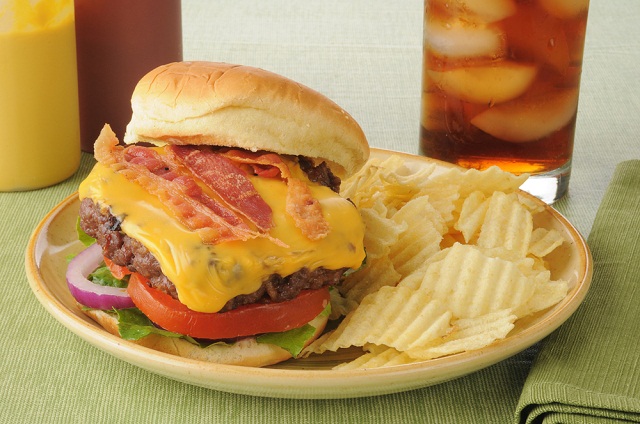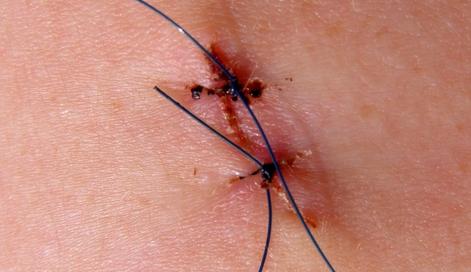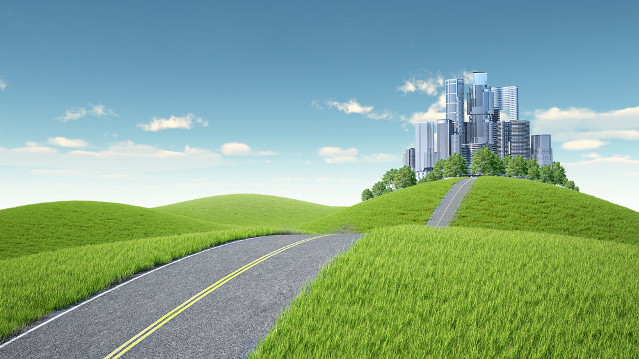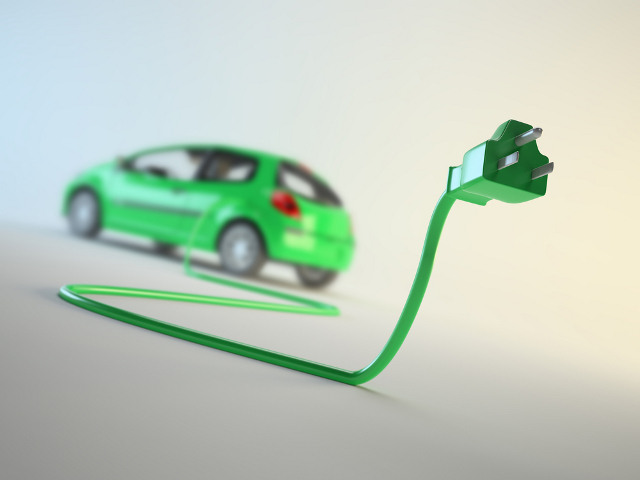Surprising Science
All Stories
German scientists have discovered a gene variant that may explain why you’re online reading this article at 3 in the morning.
Can you imagine your local burger joint decked out with white tablecloths and candles? Neither can we. However, a study suggests that a calmer redecoration of fast-food restaurants could help prevent overeating.
The shape of the glass you’re drinking from may affect how fast you’re drinking, says a new study from a UK university looking for an answer to the problem of binging.
Vibrissal sensors, which mimic rodent whiskers, can make tasks safer and easier in a wide range of products, from firefighter helmets to vacuum cleaners.
Scientists announce a new method of weighing mass at the molecular level using nanotechnology. The scale provides increased sensitivity in mass spectroscopy applications.
Maliyo Games is one of several startups ready to tap into the fast-growing African mobile user base by creating games involving specific cultural references and beliefs.
Scientists have successfully figured out how to merge bioengineered human tissue with a nanoelectronic monitoring system.
The Raspberry Pi, a kind of hobbyist-kit computer, is poised to increase hardware and software skills for kids and adults in both developed and developing countries.
Three recently-released papers reveal the discovery of over 2 million space objects, including black holes and extra-bright galaxies, using infrared deep scanning technology.
What’s The Big Idea? Scientists have given animals consciousness. Not through complex manipulation of the brain or through genetic manipulation, but by publicly acknowledging the consensus, for the first time […]
A new type of low-cost, high-energy cell could make solar power much more affordable and widespread.
With the help of NASA’s Kepler long-range scanning mission, scientists have located a solar system in which two planets are orbiting around two suns, confirming that multiple-planet “circumbinary systems” exist.
Bill Nye has made national news with his statements on creationism versus evolution on Big Think. The big idea behind it: if you reject science, you won’t succeed, and we as a society won’t succeed to the fullest extent.
Ever wonder who is behind the political ad playing on the TV or radio? The Ad Hawk app for smart phones was developed to tell you exactly that.
For people who are constantly losing the same things or for someone who wants to monitor their spouse’s midnight fridge raids, there’s an app based device that can track your stuff.
Self-awareness has been billed as the ultimate quality that separates humans from machines, but robots are edging closer to us, learning about themselves through observation.
Testing the clinical benefits of exercise is no small task. While placebos can be given in drug trials, there is no such equivalent for physical activity. A new study has raised controversy over its methods.
Despite the promise of budding medical technologies, which could extend the human life span significantly, people are generally wary of living much longer and firmly reject immortality.
Medical engineers have successfully lined surgical stitches with silicon sensors that can detect infections and apply heat to wounds, a known method of shortening recovery time.
Were the 20-year trend in declining circumcision rates to continue, reaching levels currently seen in Europe, Johns Hopkins physicians estimate substantial rises in health care spending.
By uploading medical journals, clinical guidelines and patient records into Watson’s “brain,” physicians are working closely with IBM to usher in the next generation of computer-assisted medicine.
As men age, they become more likely to pass down genetic mutations to their offspring. Most of these mutations are benign but some are associated with diseases like autism and schizophrenia.
A redesigned microbial fuel cell converts more electricity from waste products than ever before, and can potentially help create sustainable treatment plants.
A nanotech “electronic nose” is being tested with small devices to allow detection of airborne toxins before they can harm living beings.
Researchers are using robotics to create machines that will allow babies with motor skill challenges to move themselves. Theoretically, this will help their brain development match that of their typically-developing peers.
What’s the Big Idea? The idea of keeping a private journal is enjoying a renaissance. Earlier this month, a new app called Everyday.me launched with the goal of collecting your […]
Far from being a science-fiction dream, “future cities” are slowly coming within the grasp of reality. An article reviews a number of different projects from around the world.
There’s a lot of uranium in the world’s oceans, and the energy industry is one step closer to getting more of it, courtesy of American laboratories’ redesign of existing Japanese technology.
Twenty years after Hurricane Andrew, the third iteration of the “Wall of Wind” hurricane simulator provides scientists and construction industry experts with new ways to measure and improve on building material integrity.
The increase in electric cars may lead to extra demands — and costs — on power grids during the early evening hours. Researchers are looking for ways around this dilemma that won’t hobble sustainability efforts.





























